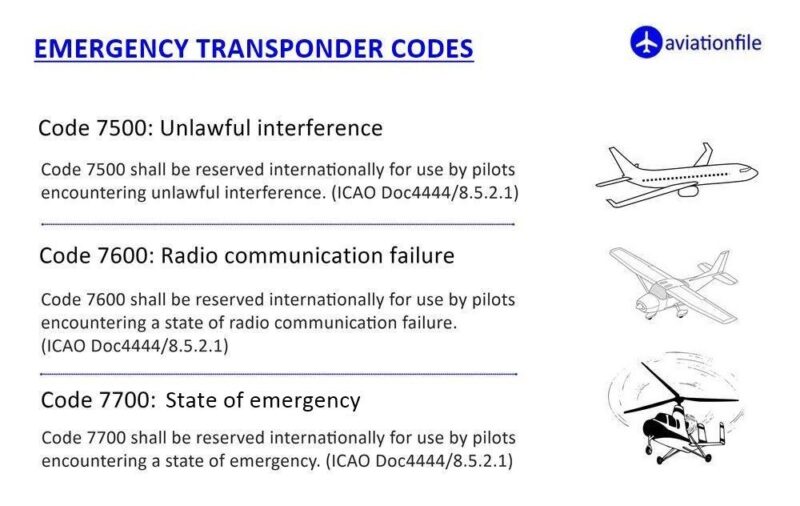What is Hijacking in Aviation?
Aviation hijacking, or unlawful seizure of an aircraft, is the forceful takeover of a plane by individuals for political, criminal, or ideological motives. This dangerous act has led to several significant incidents, shaping aviation security as we know it today.
Notable Aviation Hijacking Incidents
- TWA Flight 847 (1985): Hijacked by members of Hezbollah, TWA Flight 847 faced a 17-day ordeal during which a U.S. Navy diver was executed. The plane crisscrossed the Mediterranean, repeatedly landing in Beirut and Algiers as the terrorists demanded the release of hundreds of Lebanese prisoners held by Israel. Uli Derickson, a heroic flight attendant, managed to protect Jewish passengers by refusing to identify them (Wikipedia, The HISTORY Channel).
- Ethiopian Airlines Flight 961 (1996): Three Ethiopian hijackers demanded asylum in Australia, forcing the plane to divert despite fuel limitations. The aircraft crash-landed in the Indian Ocean after running out of fuel, killing 125 of the 175 passengers and crew. The captain’s efforts to communicate the lack of fuel were ignored by the hijackers, leading to a tragic ending (Wikipedia).
- 9/11 Attacks (2001): The deadliest aviation hijacking in history saw al-Qaeda terrorists hijack four planes, crashing two into the World Trade Center towers and one into the Pentagon. The fourth, United Flight 93, was brought down by passengers in Pennsylvania. This event triggered a global overhaul in aviation security protocols (Federal Bureau of Investigation).
Aviation Security Measures
In response to these tragedies, global aviation authorities implemented extensive measures, including:
- Reinforced Cockpit Doors: To prevent unauthorized access during flights.
- Enhanced Passenger Screening: Rigorous checks for weapons and explosives at airports.
- Air Marshals: Armed agents deployed on high-risk flights to thwart potential hijackings.
Organizations such as the International Civil Aviation Organization (ICAO) and the Federal Aviation Administration (FAA) continuously work to improve these measures. Intelligence sharing, crew training, and advanced technology have all contributed to making hijackings much rarer in recent decades (Federal Bureau of Investigation, Wikipedia).

The Modern Threat
Despite these improvements, aviation hijackings still occur, although less frequently. For example, in 2014, Ethiopian Airlines Flight 702 was hijacked by a co-pilot seeking asylum in Switzerland. While such incidents highlight ongoing vulnerabilities, they also demonstrate the effectiveness of modern security protocols, as no passengers were harmed in this case.
Conclusion
The history of hijacking is a grim reminder of aviation’s vulnerabilities. However, the evolution of security measures since the 1970s has significantly reduced the threat. Continuous vigilance is necessary to maintain the safety of global air travel.
References and Further Reading:
- “Hijacking.” International Civil Aviation Organization (ICAO). Retrieved from https://www.icao.int/security/pages/hijacking.aspx
- “Airline hijackings: A brief history.” CNN. Retrieved from https://www.cnn.com/2013/09/20/world/airline-hijackings-a-brief-history/index.html
- “Airline hijackings and terror attacks: A brief history.” NBC News. Retrieved from https://www.nbcnews.com/news/world/airline-hijackings-terror-attacks-brief-history-n912286


